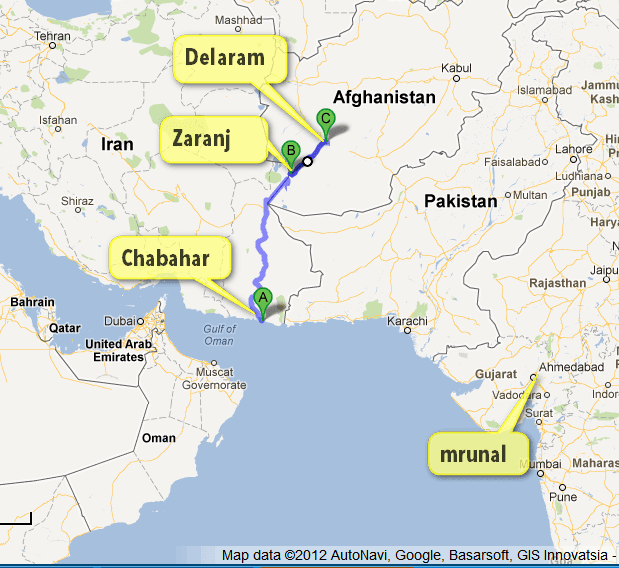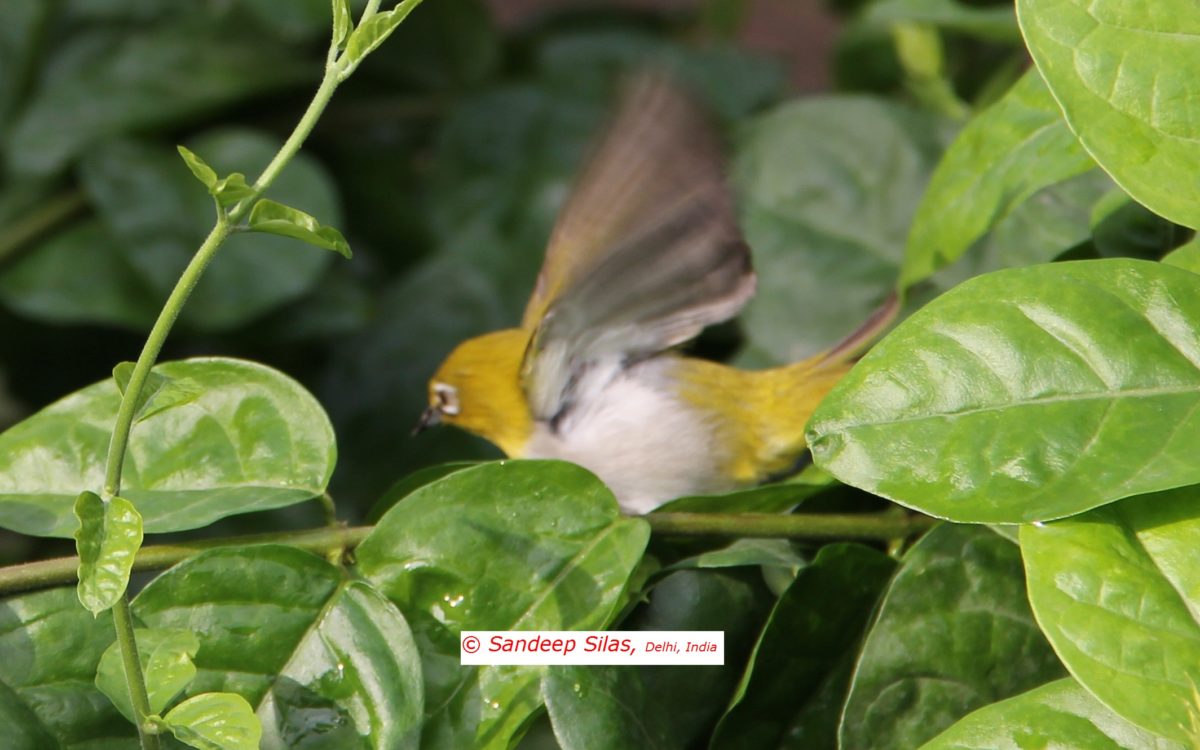Chabahar has become a historical initiative of combining peace with development opportunities!

Chabahar is a port located on the mouth of Gulf of Aman and is strategically important. The deal which was inked on May 23rd 2016 was actually conceptualized in 2003, but could not take off because of international sanctions imposed on Iran. India has committed $ 500 million for the port project. Chemicals, petrochemicals, steel, fertilizer and railways are the major sectors with investment potential.

The statement of Prime Minister of India-“Today, we are all witnessing creation of history, not just for the people of our three countries, but for the entire region. To build bonds of connectivity is the most basic of human urges.”
The strategic importance of Chabahar can be understood by the fact that it is just 120 km west of China’s Gwadar port in Pakistan’s Balochistan province.


The trilateral agreement signed in presence of Iranian President Hassan Rouhani, Afghan President Ashraf Ghani and Prime Minister of India signals a new era in neighbourhood cooperation.
The world must be thankful to President Obama for having led the peace process in world politics and opened dialogues with the countries, which earlier saw hostilities between US and those countries. His diplomatic peace initiatives loosened the grip of distrust and removed the index finger from the ‘hold’ button on normalization of relations between US and those countries as well as amongst neighbouring countries, those had been affecting world peace at large.
The concept of “Dosti” (friendship), which has been so celebrated in Persian and Urdu shayari in our countries of Iran, Afghanistan and India, truly felt and kept, can only bring the goodness of heart to realize the goodness of action!
“Dosti nibhana gar itna asaan hota
Aastin mein meri sanp na chhipa hota
(Had it been so easy to keep the bond of friendship
A snake could not have been hiding up my sleeve)
Sirf haath milaney se kuchh nahin hoga
Dil se nibhaana to waada-e-wafaa hoga”
(Nothing shall be achieved by mere shaking of hands
Keep the promise with your heart, then only faith will come)
– Sandeep Silas ‘deep’

 China has been eyeing the islands in the South China Sea and so has been Vietnam, who continue to accuse each other. Taiwan’s claim to Taiping Island, which island Philippines downgraded from “island” to “rock”in Arbitration proceedings, further complicates the issue.
China has been eyeing the islands in the South China Sea and so has been Vietnam, who continue to accuse each other. Taiwan’s claim to Taiping Island, which island Philippines downgraded from “island” to “rock”in Arbitration proceedings, further complicates the issue.





